Humans like to break reality into temporal chunks, which we consider past, present and future. The present is always the hardest to hold since it’s constantly becoming the past and the future gets here, then becomes the past before we know what happened. Thinking about the world in these terms means we sometimes lose track of what still exists in the here and now, and not just in the past, even though that’s how it’s often thought of. For instance, here are 10 things most people think are relics of a bygone era which still exist today.
10. The Pinkertons
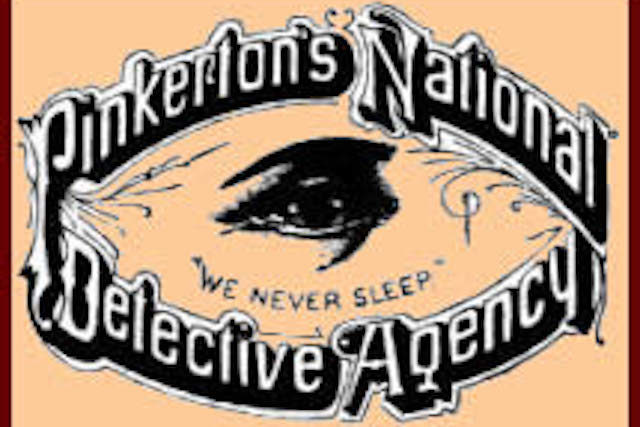
If you’re a fan of Western movies, then you may be familiar with the Pinkertons, a detective agency from the 1850s made famous by its founder, Allan Pinkerton, who apparently foiled a plot to assassinate President Lincoln. In modern times, they may be best known for their involvement in the game Red Dead Redemption, which introduced a whole new generation to the old timey detectives. In fact, the company was not impressed with its time in the game’s spotlight and actually filed a lawsuit against Rockstar Games, which they later dropped.
While outlaws in movies were always evading the Pinkertons who were hot on their trail, one other thing that managed to evade them was time. Despite their strong association with the Wild West, not only did the Pinkertons persevere through that time period, they still exist today. You can hire the Pinkertons for workplace violence mitigation, event protection, risk consulting and more.
9. The Black Death
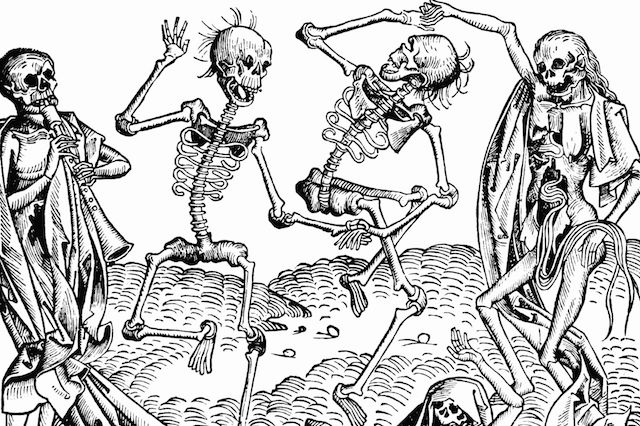
If there’s one thing we’re all too familiar with these days, it’s a pandemic. We had one, we’re still having one, we’re just apparently less concerned about it after a couple of years. And that gives some interesting insight into how humans deal with disease. Two years of Covid-19 was enough. We all want to move on. So it’s a little surprising to hear that the O.G. of plagues, the Black Death, is still doing its thing.
Also known as the bubonic plague, the Black Death killed about 25 million people back in the 14th century, which was, at the time, a sizable portion of the world’s population. Though it’s far less prevalent these days, about 7 Americans per year come down with the plague. There was even a plague epidemic in Los Angeles back in 1924.
In 2020, a man in New Mexico died from the plague while another case popped up in California. So not only does it still exist, it still kills. Worldwide, there were over 3200 cases between 2010 and 2015 and nearly 600 deaths.
8. The Confederacy
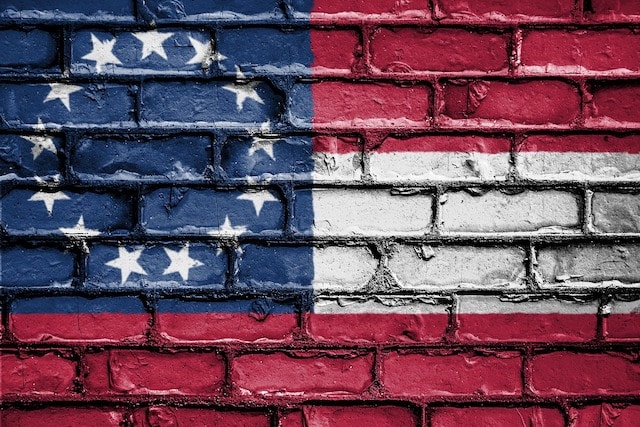
Once upon a time, America went to war with itself and two armies, the Union and the Confederacy, fought it out from 1861 to 1865. The Confederacy lost, which is why the country is still called the United States and not the Confederate States. But that didn’t stop some people from really holding onto the dream, which is why far too many people still fly Confederate flags or otherwise commemorate the losing side in one of the few but pervasive cases of people celebrating the losers.
While the Confederacy has a handful of fans in the South, if you go much further south, you’ll find much more ardent supporters. The town of Americana in Brazil was founded in 1865 after 10,000 Confederates escaped the country rather than facing the loss to the United States. To preserve their Souther, Confederate way of life, they founded a new town in Brazil where, to this day, the Confederados celebrate their Confederate heritage and fly the Confederate flag.
Brazil’s emperor paid for the relocation, hoping to capitalize on Southern farmers and make Brazil an agricultural powerhouse like the US. That plan failed, but some people stayed and their descendants celebrate their heritage to this day.
7. The World’s First Film Company

Though film cameras have existed since the 1830s, the very first commercial movie ever screened was shown in a French cafe in 1895. This was the same year that the Gaumont Film Company was founded, the first film company in existence which started a revolution in entertainment and storytelling that has gone from silent, black and white tales of Nosferatu to movies about killer pants and multiple Spider-Men saving the world.
Gaumont still exists today. The company was notable for producing a number of early Hitchcock films and in more recent years has produced films like Leon: The Professional, The Fifth Element and the show Hannibal.
6. The Shipyard That Built the Titanic
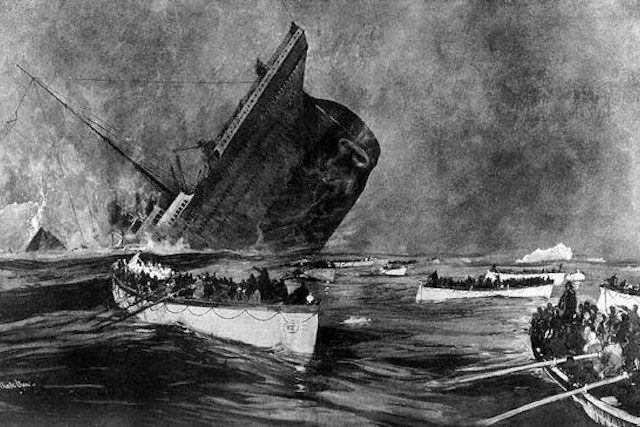
Harland and Wolff is by no means a household name for most people. You’d probably have to Google it to find out what the company even does. If you did, you might find their website where they detail their current business dealings, which include a heavy focus on things like wind and tidal energy. So they’re an alternative energy company, right? Or an engineering firm? Maybe. But that’s not their main claim to fame. Harland and Wolff built the Titanic.
The Belfast-based shipyard was known chiefly as a shipbuilding company well into the early 2000s. Their entire business was building ships as late as 2003. Then they began to switch and by 2011, 75% of the business was offshore renewable energy.
5. The Company That Made Zyklon B

During the Holocaust, the Nazis murdered over one million people using a poisonous gas known as Zyklon-B. Bruno Tesch owned the company that made Zyklon-B, originally for use as a pesticide, and knowingly sold it to the Nazis for use on humans. He was executed for his crimes. The company, however, lived on.
First known as Degesch and later Degussa and today Detia Degesch, the company still produces pesticides. It operates in Germany, but there are also international subsidiaries, including one in the United States. Zyklon-B itself is actually sold by some companies still under the brand name Cyanosil, Cymag and Cyclon.
In case you’re curious, the gas can also still be used to kill. The state of Arizona executed Frank Atwood in June 2022. They gave him the choice of lethal injection or the hydrogen cyanide gas. He chose injection.
4. The KGB

If you watch a lot of ’80s movies or Stranger Things, then you know the KGB were a solid, go-to villain for the era. Hell, they still are in a lot of movies, but they’ll just be called “ex-KGB.” Vladimir Putin is ex-KGB, so it’s easy to see why, for some people, they’re like ready-made bad guys.
It’s generally accepted that the KGB, the state police of the Soviet Union, ended in 1991 along with the rest of the Soviet Union. But that’s not entirely true. As the name suggests, the Soviet Union was more than just Russia and while Russia doesn’t have the KGB today, at least not under the same name or alleged function, that doesn’t mean no one does. In Belarus, the KGB never went anywhere at all. In 2022, there was word that Belarussian KGB had “liquidated” a Ukrainian spy network in the country.
The same can be said for the Republic of South Ossetia, which also is clinging to old ways. In fact, both of them continue to have the police force under the same name rather than at least pretending it was a different organization.
3. Flea Circuses
Flea circuses are very much part of a bygone era and very few people today are likely to have ever seen one, even if they know what one is. The name isn’t a trick, the idea here was that someone gathered fleas together and forced them to do tricks in a replica of a tiny circus.
The concept is a lot older than you might think, dating back to the 1500s. Watchmakers, known for their ability to craft precise yet tiny gears and metal parts, used flea circuses essentially as a marketing tool. In one story, a watchmaker made a tiny chain of gold and looped it around a flea to get it to draw a small chariot.
While most flea circuses were just tricks, operated by tiny mechanisms and magnets, some were not. In the 1800s, Louis Bertolotto allegedly remade Napoleon’s Battle of Waterloo with over 400 fleas in uniform. There’s a true flea circus that performs at Oktoberfest in Munich.
Fleas can’t be taught actual tricks, of course, but they are predictable and can be restrained. They can jump at least 50 times their own height. One source claims their strength is also on par with a human towing two elephants. For those reasons, if you can restrain them, they can jump and pull things around that a crowd could see with the naked eye, even if the fleas themselves were all but invisible from a distance.
2. Giant Otters
Every so often, if you spend enough time on social media, a video featuring an otter will no doubt cross your timeline. People love otters and, in some parts of the world, they’ve become popular house pets. They’re kind of like aquatic cats with hands, so you can imagine the appeal. Now imagine a 6-foot long one that can fight a caiman, a species closely related to crocodiles and alligators. If that sounds prehistoric to you, you’re not quite right. Giant otters exist right now in the world.
Though they are endangered, if you head to Brazil you may be able to find them in various river systems like in the Amazon or La Plata. Weighing up to 75 pounds apiece, they’re the only species of otter that also hunts in packs, with six to eight of them shrieking their way through the dimness of the rivers at sunset.
1. The Last Breath of Thomas Edison
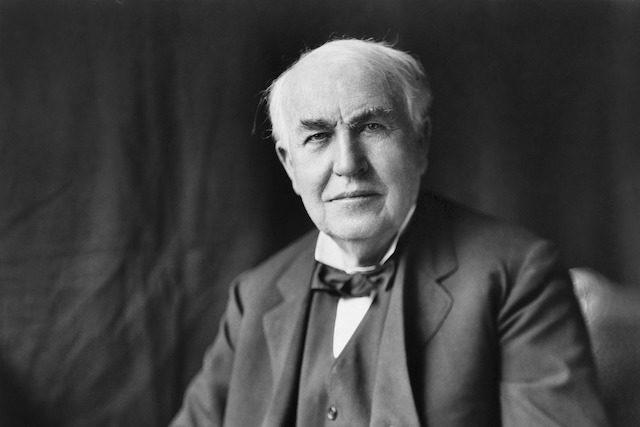
We’ve seen a number of things that have somehow held on like grim death despite the passage of time but this one is by far the most unexpected of them all because death really should have been the end of it all the way back in 1931 when Thomas Edison breathed his last breath.
Now the popular story about that final breath of Edison’s was that Henry Ford wanted it. The actual breath as it escaped the dying man’s lips. Why? Well, Ford and Edison were good friends in life, with Edison being something of a personal hero to the younger man. They admired each other professionally, and Edison had been very encouraging with Ford’s automobile designs.
When Edison was dying, Ford asked that his son Charlie wait by the man’s side with a test tube and, when the moment came, to capture his dying breath in the tube and seal it. That was a thing friends apparently did back in the 1930s. There was a rumor that Ford, a man with something of a perplexing set of spiritual beliefs, may have been trying to catch Edison’s soul to bring him back to life.
The true story is very similar but less head-scratching. Edison’s son said there were test tubes in the room when his father died and he had the attending physician seal them with paraffin. So, arguably, some of his dying breath was in those tubes. But there were also 8 of them, and Ford did get one. It’s on display at the Henry Ford Museum, potentially with a little bit of Edison’s soul intact. The fact that the Edison estate had 42 test tubes labeled as being Edison’s last breath is just a minor wrinkle.